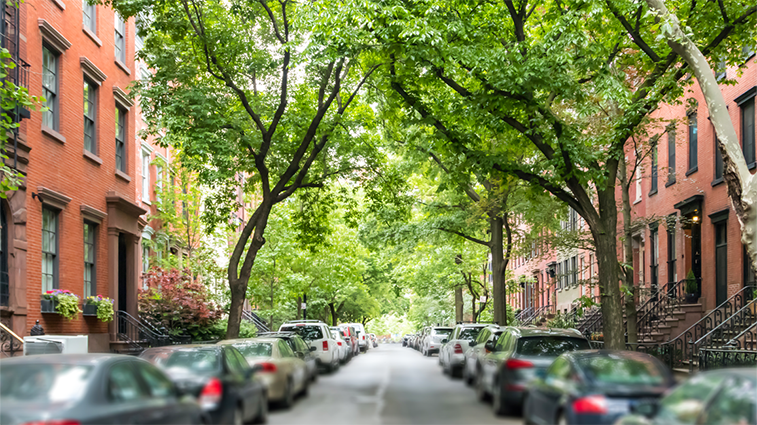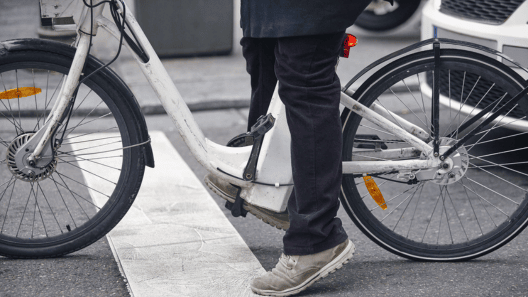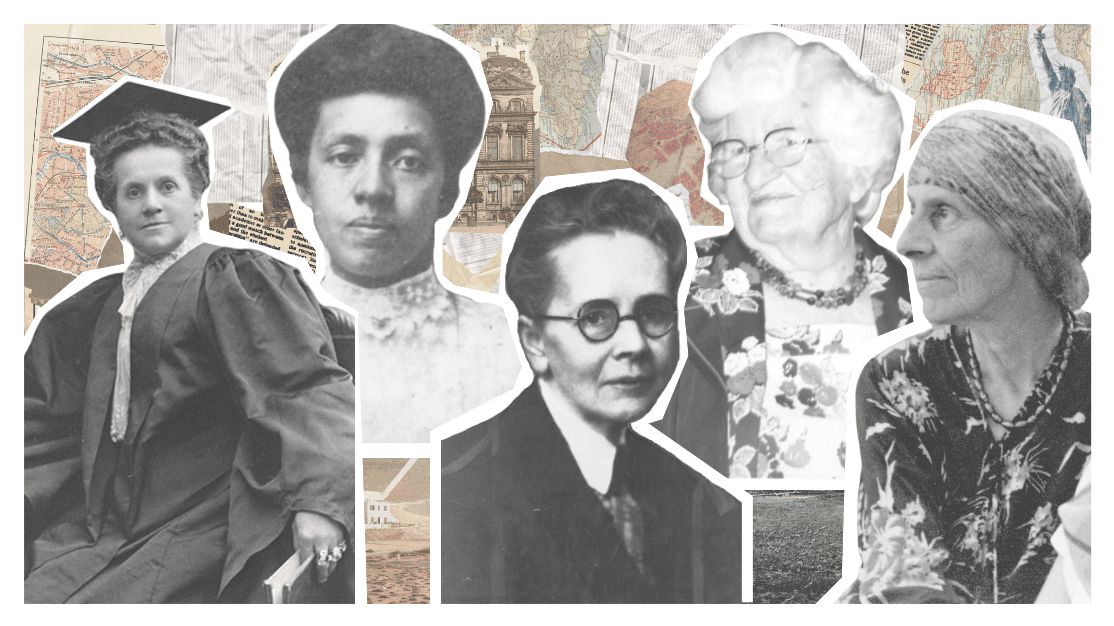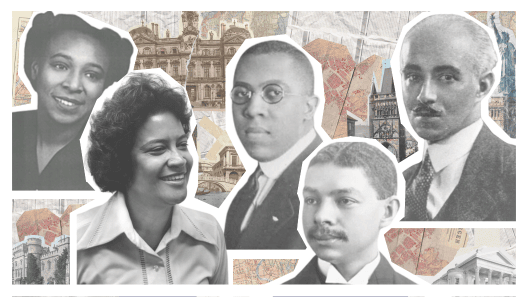
Street Tree Smarts
NYC’s street tree planting requirement may leave some developers out on a limb. Since the Street Tree Amendment of 2007 all new buildings, major enlargements and certain conversions are required to plant street trees. If a building owner fails to plant street trees, the DOB will not issue a TCO.
New York City requires street trees for the following 3 categories
- All New Building job types.
- Commercial or residential enlargements that increase the floor area on a zoning lot by 20% or more.
- Conversions whereupon of 20% percent or more of the floor area changes use to residential.
One street tree is required for every 25 feet of zoning lot frontage in New York City. If there is less than 25 feet of frontage than 1 tree is still required. Pre-existing street trees count toward the street tree requirement.
It’s the site owners responsibility to pay and plant street trees. As an alternative, the Department of Parks and Recreation can plant the trees for site owners. After the tree is planted Parks takes on responsibility for the tree’s maintenance.
Street Tree Filing
Street tree filing can hold up job approval and permits. Because the street tree process involves multiple steps and several agencies, it’s important to get a head start on filing.
Prior to job filing, applicants must file a P-A Forestry Application plan to Parks. The P-A Forestry Application must blueprint the applicant’s plan for the planting of the street trees or a request for the Parks to plant the street trees elsewhere. Upon submittal, Parks will issue a receipt called a P-R. The P-R is important. The DOB needs the P-R to approve a job and issue permits.
If the applicant chooses to waive the street tree requirement on the P-R and contribute to the Street Tree Fund, Parks will review the waiver before providing a receipt. This review by Parks prolongs the issuance of the P-R and thus the job application approval. Applicants will add the P-R receipt to the job application to receive job approval and permits.
Parks then begins a thorough review of the P-A plan including the tree species, pit sizes and tree placement. If Parks has objections, this could mean a lengthy back and forth between Parks and the applicant. Each correction added to the P-A equals a 20-30 day review by Parks. Once Parks approves the final site plan, the approved plan can be combined with the Builder’s Pavement Plan for authorization. If no new street trees need to be planted, the applicant may acquire a TCO without any further deterrent.
Tree Planting
Projects requiring street trees are still in the woods. The DOB will not issue a TCO until applicants plant all required new street trees. The problem is that street trees in New York City can only be planted during planting season.
There are two planting seasons in New York City:
- Spring: March 1 – May 31
- Fall: October 1 – December 31
Applicants must file a Forestry Application whether it is planting season or not. Parks will issue a planting permit within 15 days if the P-A is filed during planting season. However, if an applicant submits the P-A less than a month before the end of planting season there are no guarantees Parks will issue permits during the planting season.
Applicants planting street trees out of season have the option to pay into the Parks Tree Fund. By paying a $1,400 per tree fee, an applicant may opt to have Parks plant a tree on or off-site during the next planting season. As an alternative, applicants that want to recoup their deposit by planting the tree themselves during the next season check the appropriate box on their tree fund application. The Tree Fund is only available to applicants needing a TCO outside of planting season and applicants whose properties Parks deems unfit for street trees. Parks will refund the deposit upon final inspection and sign off.
Questions about street trees? Have a new project that requires code consultation or expediting? Contact Outsource here.








